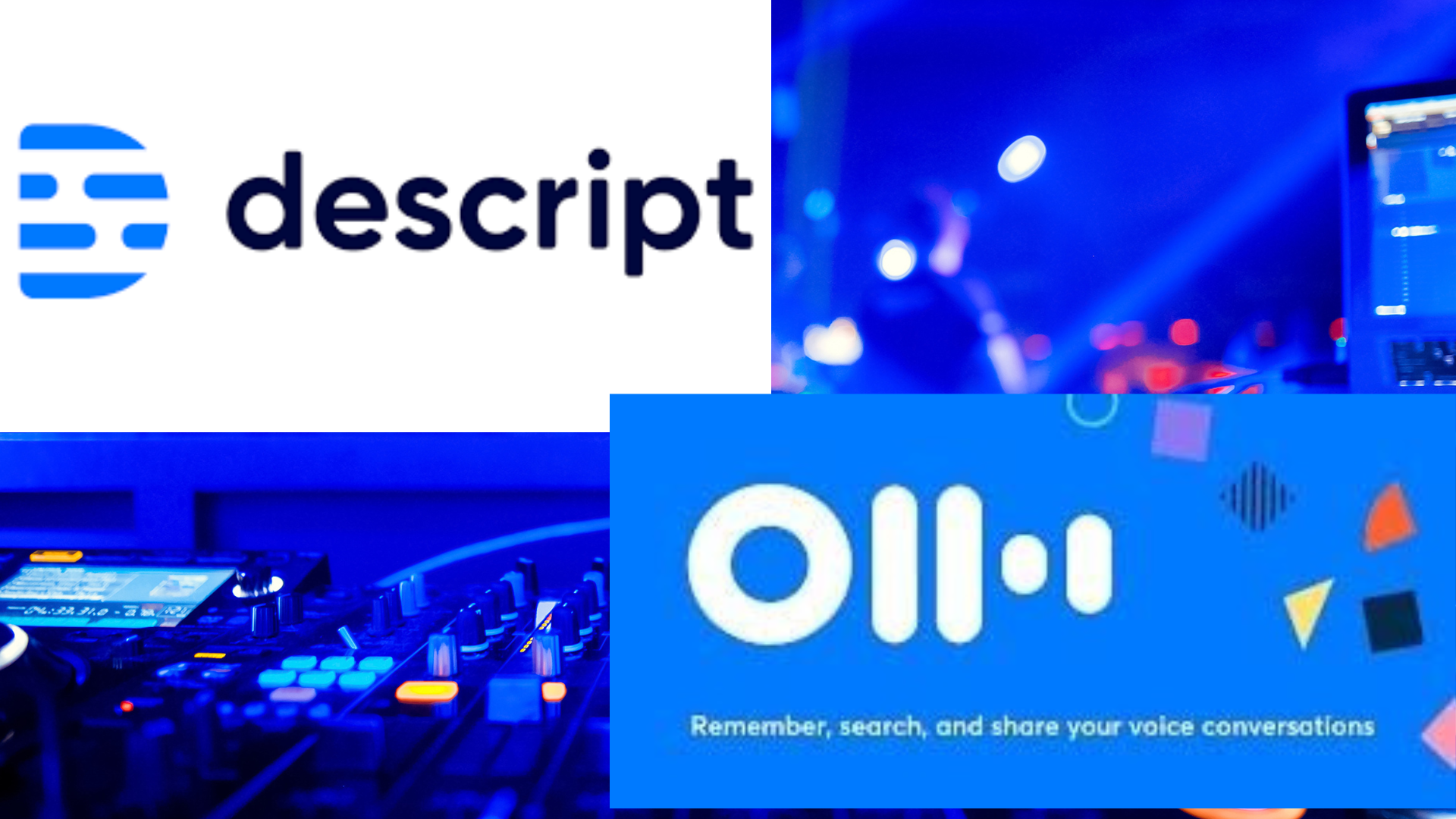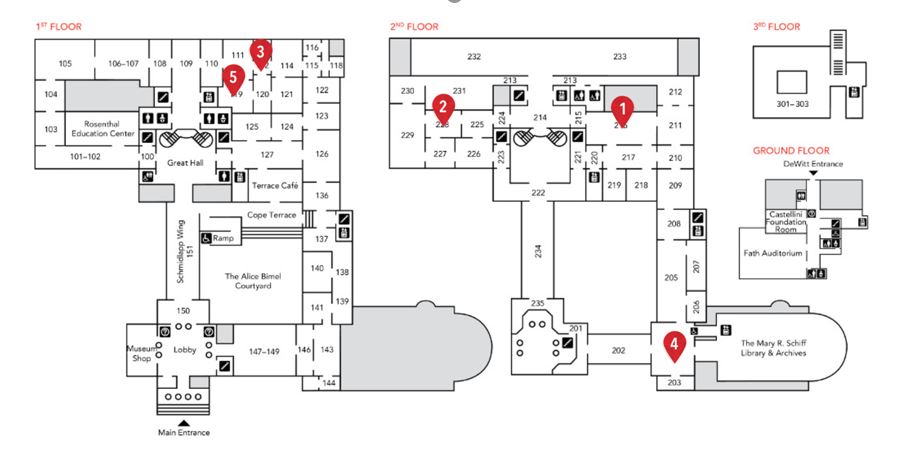Colin Post is an Assistant Professor in Library and Information Science at the University of North Carolina at Greensboro. With a deep interest in technology, such as virtual reality and creative programming languages, Post has conducted research on historical perspectives on these technologies as well as on relevant preservation issues at the intersection of cultural production, art history, and information science. In this interview, Post makes great suggestions specifically related to digital preservation for developers in addition to sharing about apps that he uses in his daily life. He also introduces an interesting app called First Look: Artists' VR to arts managers. Following the interview, a product review shows how to navigate this application and evaluates its pros and cons for anyone interested in the VR artworks on this platform.
Libby vs. Hoopla: Reader App Comparison
Let’s Get Digital: Visualizing Movement in Dance
More than a half-century of history exists between computers and dance. The same techniques used to evaluate and represent data in the scientific realm can also analyze the shapes of the movements of the artistic world. Software developments allow choreographers to create motion outside the studio, capture rehearsal ideas in the form of virtual sketchbooks, and preserve the ephemeral form of dance through digital documentation. Breathe life into movement ideas with DanceForms2 from Credo Interactive.
MindBody Online: How a Fitness Management Software Can Support the Arts
MindBody Online is a digital management solution for businesses that operate through appointment-only schedules for certain programs and divisions or as a whole. By combining useful tools into a single platform, this software allows managers to access everything they need to run their business without bouncing between multiple programs. To better understand how tools like these might benefit arts organizations, AMT Lab turned to Pittsburgh Ballet Theater’s Dance and Fitness Program Manager, Kristy Boyle, where the software has been used since August of 2016. Currently, MindBody Online is being used to power PBT’s Community Division, a program offering dance and fitness classes on a drop-in basis to all ages and abilities in the surrounding community.
2018 GLOBAL NGO TECHNOLOGY REPORT REVIEW
The Global NGO Technology Report is a collaborative project of the Public Interest Registry and Nonprofit Tech for Good that examines the annual changes in how non-governmental organizations (NGOs) are using technology. The findings here are not just relevant to NGOs around the world, but to arts and cultural institutions as well.
Streamlining the Film Production Process with StudioBinder
If you have been looking for a pre-production project management tool, StudiBinder may be a solution for you. StudioBinder is a project management program targeted toward the pre-production of TV, film and photography projects. This all-in-one platform is browser-based, using cloud computing for both desktop and mobile users.
Learning Google Tag Manager with Google Analytics Academy
Collecting and interpreting data is essential for any successful online platform, whether it is an arts organization’s web site or a gallery’s sales point. Google analytics is a tool many organizations use to track their success and manage data analytics. Yet, according to a 2015 survey by Capacity International, 90% of arts organizations indicated that they are not using Google Analytics to its full potential. There are several tools, such as Google Tag Manager, that can further increase the potential for Google Analytics to track performance metrics.
MyCam: Increasing Engagement through Customized Museum Maps
MyCAM is an interactive table at Cincinnati Art Museum, providing visitors with a unique experience through art exploration and map design. Located in the Schmidlapp Gallery, which is close to the museum lobby, MyCAM creates a fun start to a visitors’ art journey.
Audience Engagement Outside of The Museum: Camera Function in Google Arts & Culture App
When considering how technology can improve and increase audience engagement with art, many immediately think of technology can be applied in house to create a more participatory experience. Yet, audience engagement can continue even when the audience is not in the museum. How can an arts organization engage with visitors even when they are not physically in the institution?
“The Creativity Code” : Is AI taking Over Creative Industries?
Marcus du Sautoy, a British mathematician, wrote The Creativity Code, a thought-provoking book that examines the nature of artificial intelligence in the creative industries. The Creativity Code explores AI in art, mathematics, gaming, music, and writing. One question persists throughout: “Can AI complete creative tasks better than humans?”















